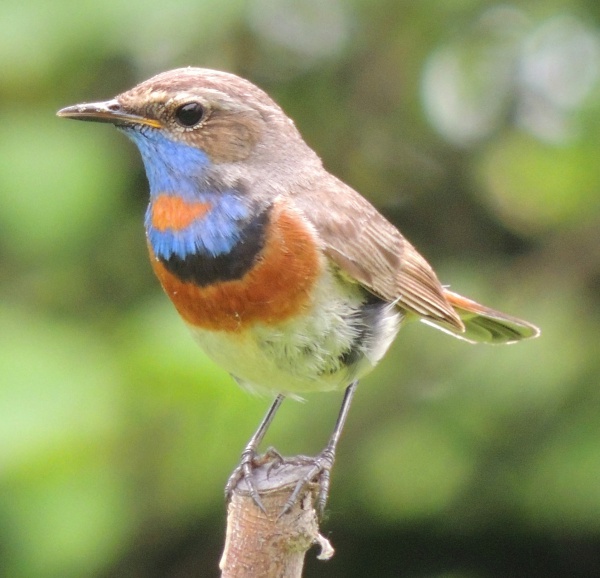Facts About Bluethroat
The bluethroat is a captivating small migratory bird that was once classified with thrushes but now belongs to the Old World flycatcher family. During the breeding season, they inhabit wet areas across Europe and the Palearctic region, with a few even reaching western Alaska. When winter arrives, they migrate to warmer regions in North Africa and the Indian subcontinent.
Male bluethroats are about the size of European robins and are quite striking in appearance. They boast a vivid blue throat, a black tail with red patches on the sides, making them easy to identify. Females, in contrast, have a more subdued appearance, featuring a blackish crescent on their cream-colored throats and breasts. Although bluethroats from different areas may display slight variations in appearance, genetic studies reveal that they all belong to the same species.
One of the most fascinating aspects of male bluethroats is their song. It is diverse and often mimics other sounds, featuring a characteristic chat-like call. After the breeding season, these birds undergo molting before embarking on their migratory journey.
The name "Luscinia" is Latin for nightingale, while "svecica" is New Latin, likely referring to the male’s breast colors, which resemble the Swedish flag.

 Germany
Germany